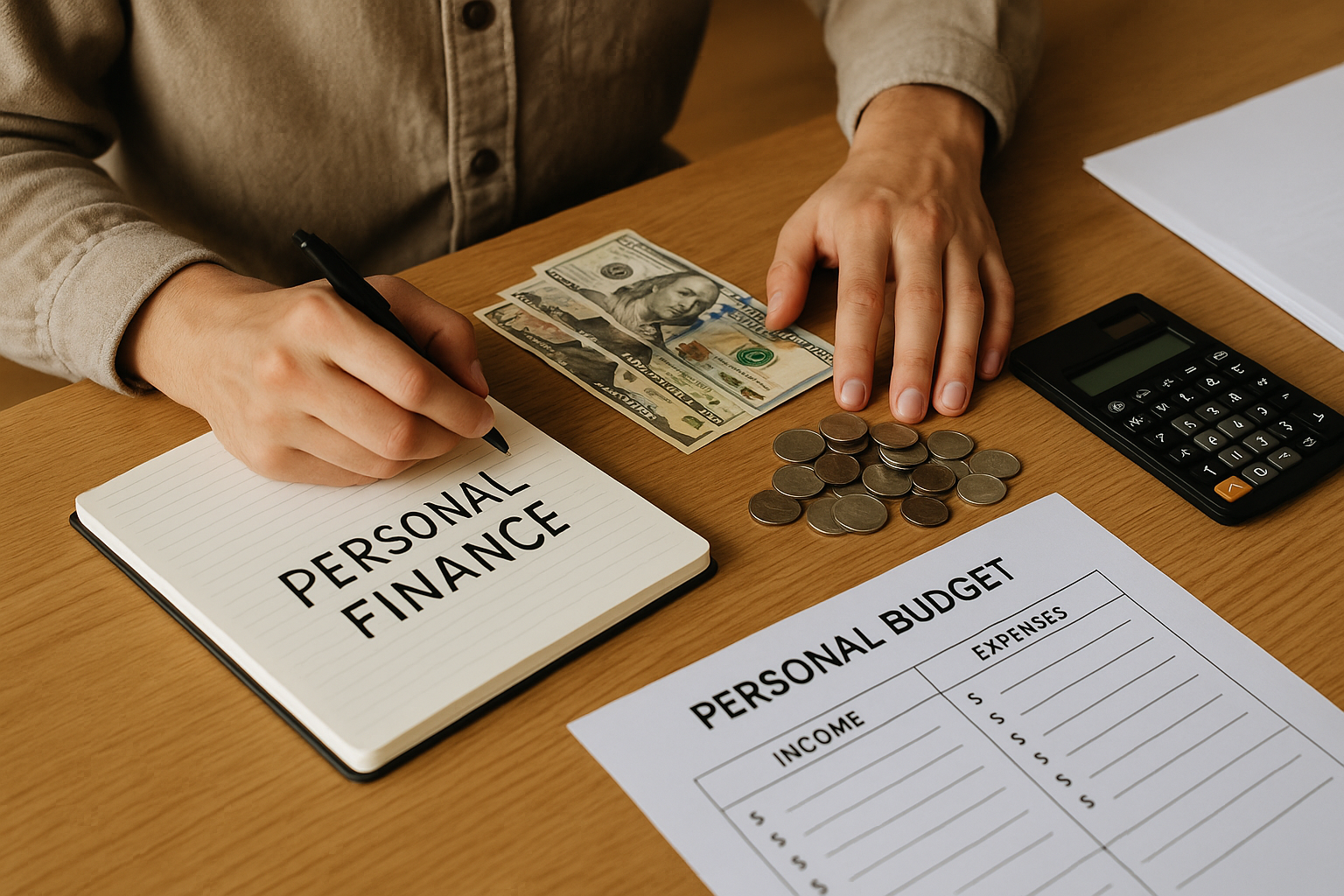Getting your personal finances in order is one of the most empowering steps you can take toward financial freedom and long-term stability. Whether you’re starting your financial journey from scratch or trying to fix years of poor money habits, it’s never too late to gain control over your money. In this article, we’ll walk through simple, effective steps to organize your finances—even if you have no prior knowledge of budgeting or investing.
Why Financial Organization Matters
Most people live paycheck to paycheck not because they don’t earn enough, but because they don’t manage what they earn. By organizing your finances, you can reduce stress, avoid unnecessary debt, and start working toward meaningful goals like buying a home, traveling, or retiring comfortably. Financial organization is not just for the wealthy—it’s for anyone who wants to build a better future.
Step 1: Understand Your Income and Expenses
Before you can take control of your money, you need to know where it’s going. Start by listing:
- All sources of income (salary, freelance work, benefits, etc.)
- All monthly expenses (rent, utilities, groceries, transportation, subscriptions)
You can use apps like Mint, YNAB (You Need A Budget), or even a simple spreadsheet to track everything. For accuracy, review at least two to three months of bank statements.
Create a Monthly Budget
Once you understand your cash flow, build a basic budget. One helpful method is the 50/30/20 rule:
- 50% for necessities (housing, food, transportation)
- 30% for wants (entertainment, eating out)
- 20% for savings and debt repayment
This approach keeps your spending in balance and ensures you’re saving consistently.
Step 2: Separate Your Accounts
Keeping your money in one account can make it hard to distinguish what’s meant for bills, savings, or fun. Open multiple accounts:
- A main checking account for everyday spending
- A savings account for your emergency fund
- Another savings or investment account for long-term goals
Separating accounts minimizes the temptation to spend money allocated for other purposes.
Step 3: Build an Emergency Fund
An emergency fund protects you from unexpected expenses like medical bills, car repairs, or sudden job loss. Aim to save at least 3 to 6 months of basic living expenses. Start small—$500 to $1,000 is a great first milestone.
Automate transfers to your emergency fund to make saving effortless. Set it and forget it.
Step 4: Pay Off High-Interest Debt
Debt, especially from credit cards, can quickly spiral out of control. Focus on paying off high-interest debt first, as it’s the most expensive. You can use one of two popular methods:
- Debt Snowball: Pay off the smallest debts first to gain momentum.
- Debt Avalanche: Pay off the highest interest rate debts first to save more money over time.
Whichever you choose, stay consistent. Paying down debt improves your credit score and frees up cash for savings.
Step 5: Set Financial Goals
It’s easier to stay motivated when you have clear goals. Think about what you want to achieve financially in the short, medium, and long term. Examples include:
- Saving for a vacation or a car
- Buying a home
- Investing for retirement
- Starting a side business
Set SMART goals: Specific, Measurable, Achievable, Relevant, and Time-bound.
Step 6: Start Learning About Investing
Once your finances are stable and you’ve built an emergency fund, consider learning about investments. You don’t need to be rich to invest; even $10 a month can get you started.
Options for beginners include:
- ETFs and index funds: Low-risk, diversified options
- Robo-advisors: Automated investing based on your goals
- Government bonds or savings certificates: Low-risk and secure
The sooner you start, the more time compound interest has to work in your favor.
Step 7: Review and Adjust Regularly
Your financial plan isn’t static. Review your budget and goals monthly to ensure they still make sense. Life changes—so should your plan.
Ask yourself:
- Am I sticking to my budget?
- Can I increase my savings rate?
- Have my financial goals changed?
Adjust as needed to stay on track and avoid surprises.
Final Thoughts: Your Financial Future Starts Today
Organizing your finances from scratch may seem overwhelming, but breaking it into small steps makes it manageable. The key is consistency—every good decision adds up. By building a clear plan, you’ll reduce stress, increase financial confidence, and open the door to new opportunities.
You don’t need to be a financial expert to take charge of your money. Start small, stay focused, and celebrate your progress.


Sem comentários